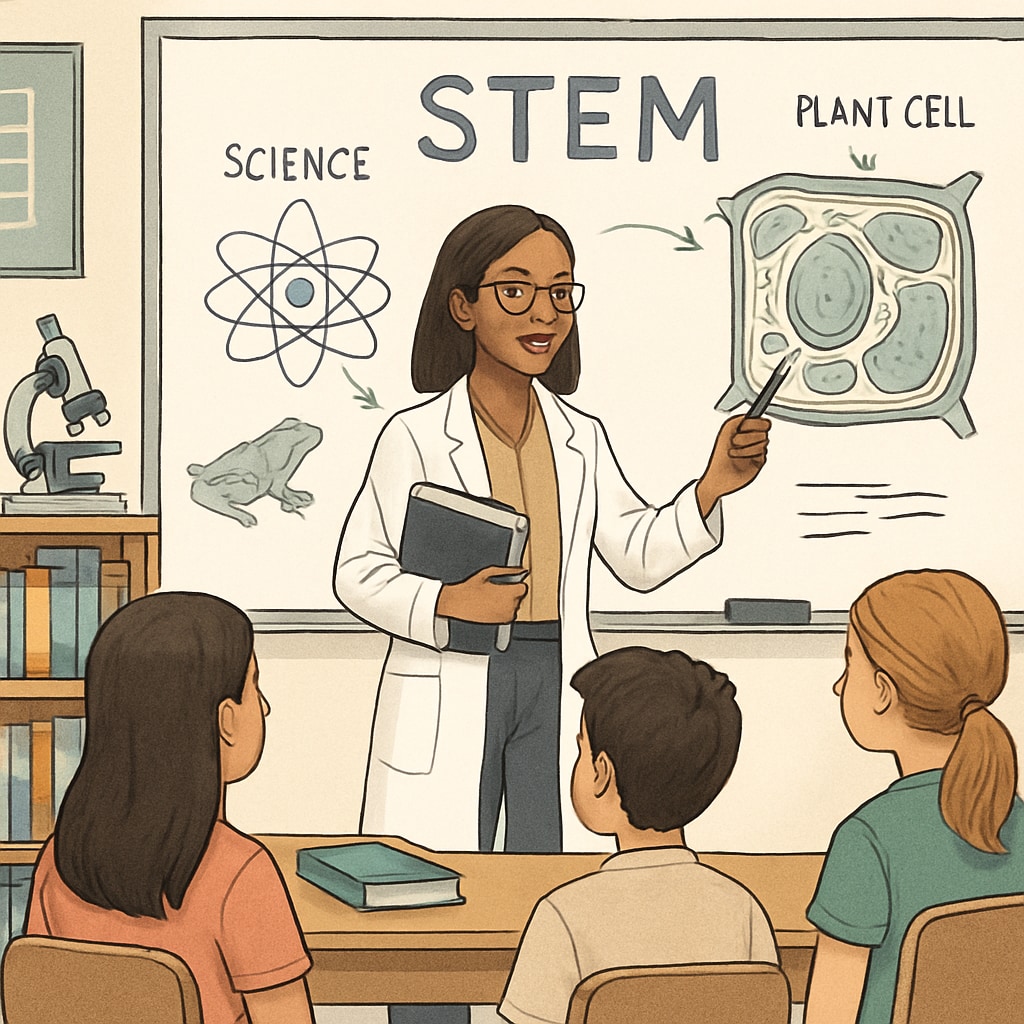Transitioning from a biology degree to pursuing a master’s in education may seem like an unconventional path. However, this interdisciplinary move presents significant opportunities for individuals seeking to bring unique perspectives to K-12 education. This article discusses the feasibility of such a career shift, the advantages of integrating biological knowledge into education, and practical strategies to make the transition successful.
Why Transitioning From Biology to Education Makes Sense
One might wonder why someone with a biology background would pivot toward education. The answer lies in the complementary nature of these disciplines. Biology, as a field, fosters analytical thinking, attention to detail, and a deep understanding of natural processes—all skills that are highly transferable to teaching. In addition, biology graduates possess specialized knowledge that can significantly enhance STEM (Science, Technology, Engineering, and Mathematics) education.
For example, many schools face a shortage of qualified science teachers, particularly in biology. A professional with expertise in this area can inspire students, bring real-world applications into the classroom, and foster a love for science among young learners. As a result, transitioning to an education master’s program enables biology graduates to play a critical role in addressing this gap.

Advantages of an Interdisciplinary Background in K-12 Education
Interdisciplinary backgrounds offer distinct advantages in the education sector. Here are some key benefits of combining biology expertise with education training:
- Enhanced STEM Education: Biology graduates can teach complex scientific concepts with clarity and enthusiasm, making STEM subjects more engaging for students.
- Real-World Relevance: A biology background allows teachers to connect classroom lessons to real-world challenges, such as climate change, public health, and biodiversity conservation.
- Critical Thinking Skills: Scientific training encourages logical reasoning and problem-solving, skills that can be passed on to students to foster intellectual growth.
These strengths align with current educational priorities, including the need for more STEM educators and the promotion of critical thinking in schools. As a result, biology graduates are uniquely positioned to make a lasting impact on the next generation of learners.

Practical Strategies for a Successful Transition
While the transition from biology to education is feasible, it requires careful planning. Here are some practical steps to ensure a smooth and successful shift:
- Research Education Master’s Programs: Look for programs that value interdisciplinary backgrounds or offer specialized tracks in science education.
- Gain Teaching Experience: Volunteer at schools, tutor students, or participate in teaching assistantships to build practical experience and strengthen your application.
- Highlight Transferable Skills: Emphasize skills such as scientific communication, analytical thinking, and teamwork in your application materials.
- Stay Updated on Educational Trends: Familiarize yourself with current challenges and innovations in education, particularly in STEM fields.
By taking these steps, biology graduates can build a strong foundation for their education careers while demonstrating their unique value to prospective programs and employers.
Conclusion: A Path Worth Pursuing
Transitioning from a biology degree to a master’s in education is not only feasible but also highly impactful. This career shift allows individuals to leverage their scientific expertise to enhance STEM education and inspire the next generation of learners. By following practical strategies and embracing the interdisciplinary nature of education, biology graduates can embark on a rewarding journey that bridges two essential fields.
For more information on interdisciplinary education and the value of STEM teaching, explore resources like the STEM Education page on Wikipedia or the Education section on Britannica.
Readability guidance: Short paragraphs and clear headings enhance readability. Transition words such as “however,” “in addition,” and “as a result” are used throughout to maintain a logical flow. Lists are included to summarize key points effectively.


